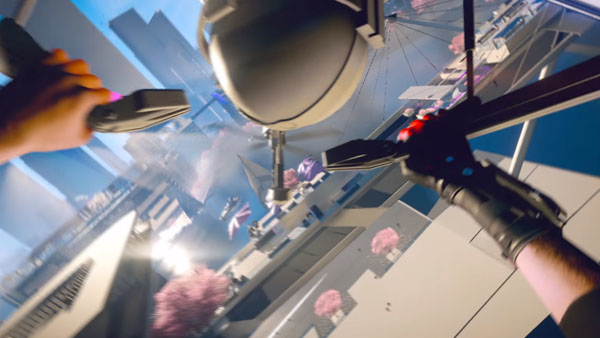Game theory by Matt S.
“One of the advantages of being born in an affluent society is that if one has any intelligence at all, one will realise that having more and more won’t solve the problem, and happiness does not lie in possessions, or even relationship: The answer lies within ourselves. If we can’t find peace and happiness there, it’s not going to come from the outside.”
– Tenzin Palmo
It is perhaps difficult to understand how this quote, from a Buddhist monk, might ever apply to video games, but there you go – the basic principles of minimalism, which the monks apply to their lives and sense of spirituality, have a deep and abiding relevance to DICE’s Mirror’s Edge Catalyst. One of the few blockbuster games that attempts to reflect minimalist design principles to everything, from art style to narrative and game design, Mirror’s Edge is the kind of game that will always end up maligned by critics and players that interpret “minimalism,” to mean “overly simple.”
Related reading: Nick’s review of Mirror’s Edge Catalyst.
But that’s not the case at all. Mirror’s Edge, through its very core, is a hugely effective reaction to the excesses of both modernity and game design. It’s minimalist, but makes a point of it, and that point is far more complex than people are typically willing to concede.
To read on, log in to your DDNet premium account:










